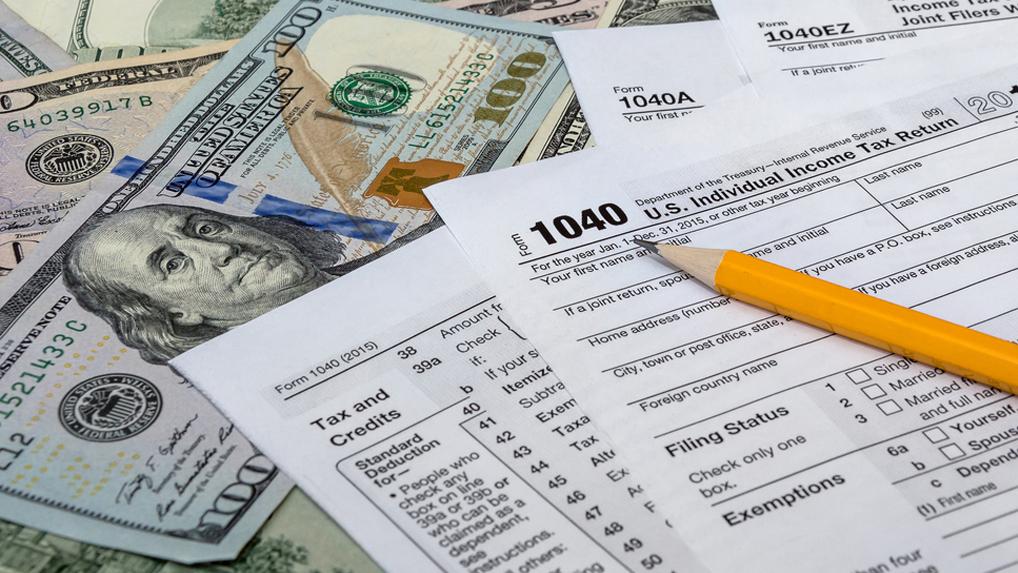Tax season: Liabilities fell across all income groups
Despite the fact that many people received refunds and enjoyed lower tax liabilities during the most recent tax season, perceptions may ultimately give Americans a negative view of the changes made to the U.S. tax code.
According to new data from the IRS – detailing returns filed through May 23 – the average refund was $2,879 – down slightly from last year’s $2,908. About 79 percent of taxpayers received a refund this year, down 1 percentage point when compared with 2018.
Refunds were a big point of contention throughout this year’s tax season, with some people complaining they received smaller checks or no money back from the tax agency. However, the administration hammered home the point that refund sizes are not correlated with total tax obligations – which actually decreased for about 64 percent of households. The administration adjusted its withholding tables so that people took home larger paychecks each week, though it repeatedly urged people to check their withholding to ensure it was accurate. People who failed to do so may have owed the agency at the end of the year – or received a smaller refund.
However, perception – in this case driven by refund sizes – can be important. A Gallup poll showed that, even though most people were expected to receive that tax cut – only 14 percent of people thought their taxes went down. As previously reported by FOX Business, social media hashtags popped up throughout filing season – including #GOPtaxscam and #neverowedbefore.
Rep. Kevin Brady, the lead Republican on the House Ways and Means Committee, told FOX Business last month that taxpayer upset over refund totals was taken as a “lesson learned.”
“We assumed, because families live paycheck to paycheck, they wanted to see that relief immediately,” he said. “A lot of families got the relief, didn’t quite notice it.”
IRS data showed the number of people receiving refunds was largely on par with last year. The exception was people earning between $100,000 and $250,000 and those earning $1 million or more. The percent of people in those groups earning refunds declined to 61 percent (from 66 percent) and 31 percent (from 35 percent), as noted by The Wall Street Journal.
Additionally, fewer people had to pay larger tax penalties – after relief was extended to people who paid at least 80 percent of their obligations throughout the year. That trend was particularly pronounced among millionaire taxpayers.
CLICK HERE TO GET THE FOX BUSINESS APP
IRS data showed that more people in each income bracket claimed the standard deduction this year, when compared with last. It also showed that tax liabilities – as a percent of adjusted gross income – fell across each income bracket.
Many people filed for an extension this year, perhaps unsurprisingly – as it was the first under the Tax Cuts and Jobs Act. The new data reflects about 80 percent of the total tax liability that will be reported.
